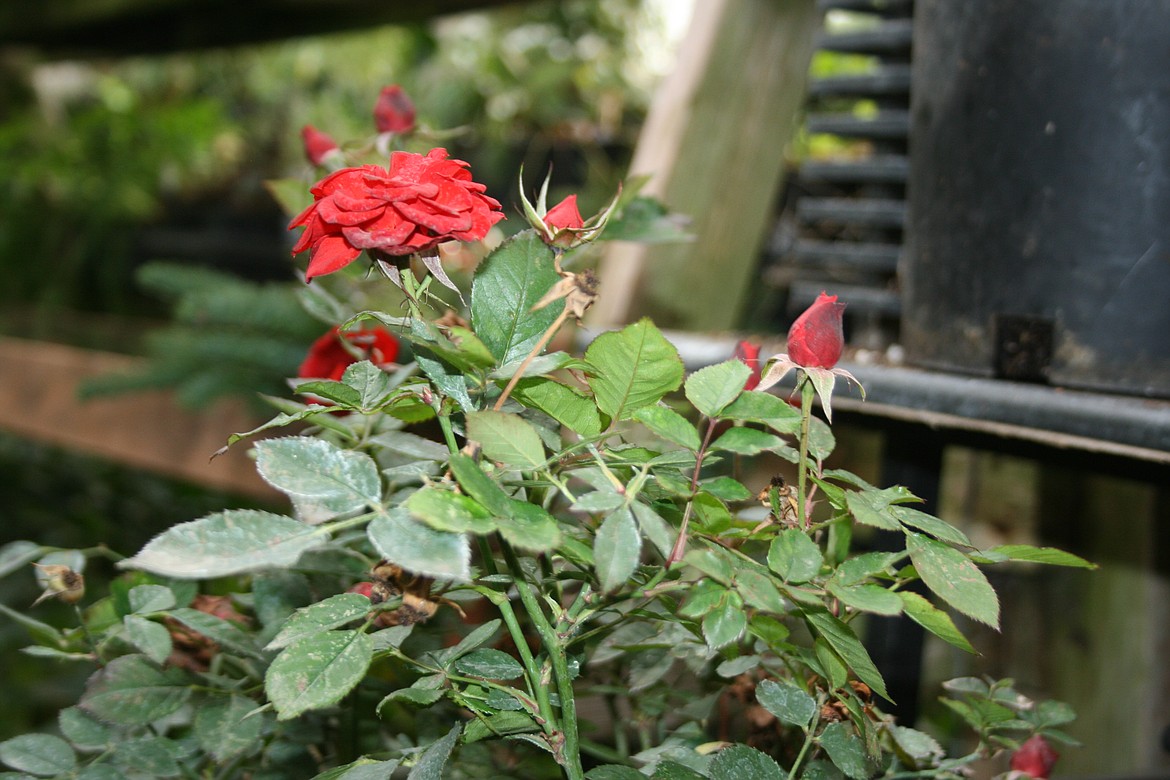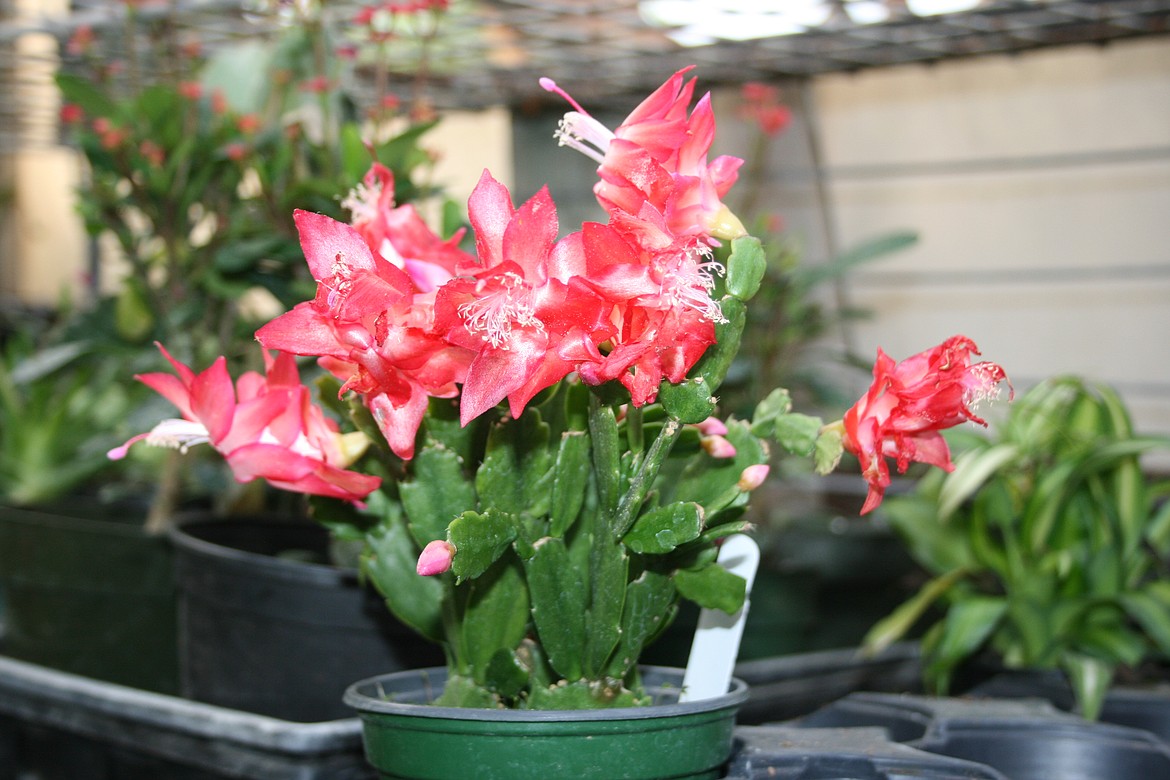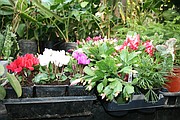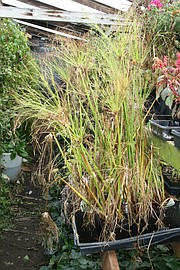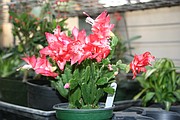Weather wise: Caring for plants over the winter
MOSES LAKE — When winter weather arrives, outdoor potted plants need some attention if they are to survive through the winter. But not all plants will need the same kind of care, according to Karen Edwards, owner of Edwards Nursery in Moses Lake, for more than 40 years.
“It really is important to have an idea of what you have,” Edwards said.
House plants, hanging baskets with annuals, and trees and shrubs, which can’t withstand freezing temperatures need to be moved into a garage, cellar or other shelter, where they won’t freeze. Some plants, such as geraniums, can be dug up, with the roots cleaned bare, and hung upside down in a garage or root cellar, she said.
For potted trees and shrubs recently purchased, but not planted yet, digging a temporary hole, such as in the garden, and setting it, pot and all, in the ground until spring is an option, she said. Spreading mulch over the area will help insulate the plant from the cold.
“You don’t want it to freeze through the root ball,” Edwards said.
Mulch is also important in protecting plants in decorative planters.
“It depends on what is in the planters, Edwards said. “If it is in a whiskey barrel, you should probably put more bark in it.”
The size of the pot also plays a factor in how plants should be prepared for freezing weather. Decorative grasses in pots 20-24 inches in diameter will most likely be okay.
“Some grasses will be fine in a pot smaller than that,” Edwards said.
Again, the type of grass in the pot also plays a factor. If the grass is an annual, it will die over the winter, regardless of the size of the pot. On the other hand, some grasses can handle the freezing temperatures.
Another important way to protect plants through the winter is to harden them off in the fall. Hardening them off is a process where waterings become more infrequent, encouraging roots to go deeper into the ground.
Large trees should be watered twice a week during hot weather. As the weather starts to turn, waterings should be cut back to once a week.
“You should give them one good soak at the end of October or the beginning of November,” Edwards said. “It is the same for the lawn. You should space out watering the lawn. You want to make plants reach for water.”
When warmer weather returns in the spring, it is okay to start watering plants once every week and a half. The frequency of the waterings can become shorter from there, depending on the amount of rain received. Edwards said checking the amount of water in the soil will indicate how much water the plant needs.
“If it is soggy wet, don’t water it any more,” Edwards said. “Rainy weather is ideal weather to move things.”
This time of year is also a good time of year to move plants planted in the wrong spot earlier in the year or in previous years.
“If you want to move something in the yard, fall is a good time to do that,” Edwards said. “If the plant is tender or fragile, wait until spring to move it.”
If the plant is a large tree or shrub, prune the roots in the fall and move it in the spring.
“My dad used to move things that were 20 to 30 feet high,” Edwards said. “Birch trees are really tall and slim. Some trees harden off and drop their leaves earlier. Then you can move them.”
One plant sold this time of year that should be left outside most of the winter, but can be briefly brought into the house, is a living Christmas tree. A living Christmas tree is a tree grown in a container.
“You can decorate it in the yard now and bring it in for the week of Christmas,” Edwards said. “I don’t recommend more than a week because new growth starts.”
If it is really cold outside, the tree should be allowed to warm up in an area such as a garage or laundry room, where it can make a mess if it needs to. When moving larger trees into the house, a dolly can be used to prevent damage to the house and floor. Care should be taken when moving it into the house, as frozen branches can break. If it is too wide to make it through the door, branches can be gently tied up or the tree can be rolled in a tarp.
Once Christmas is over, the tree can be planted straight into the ground.
“A lot of people already have a hole dug,” Edwards said. “Water it when you put it down so it doesn’t have air pockets and put down a layer of mulch.”




